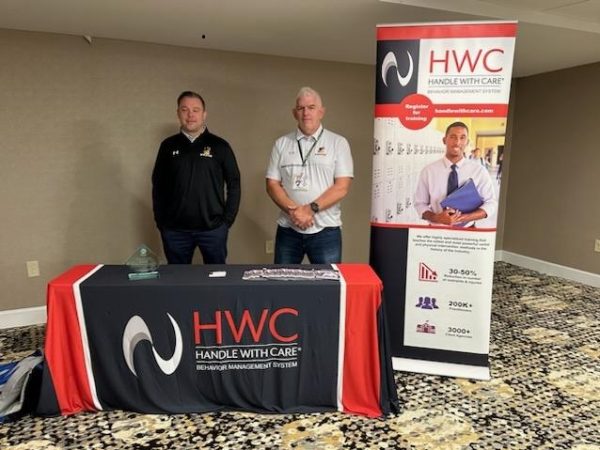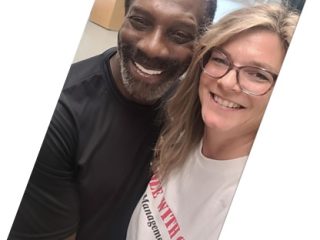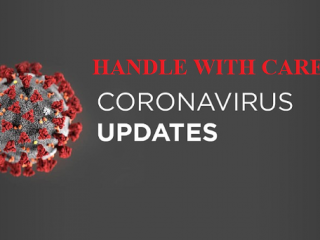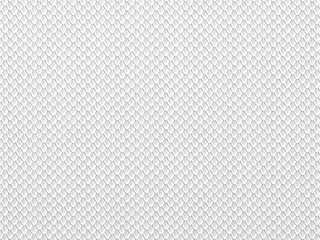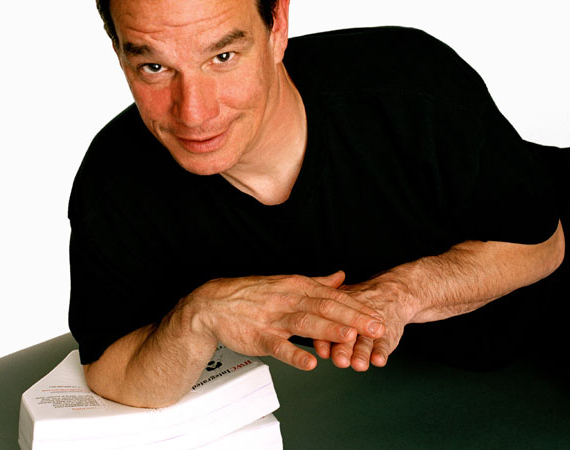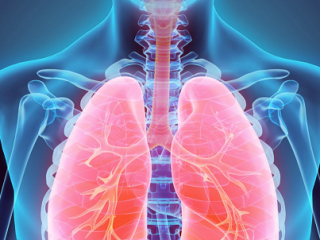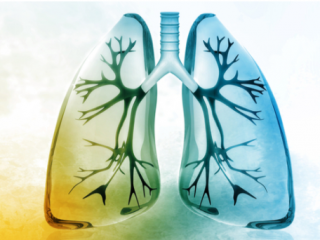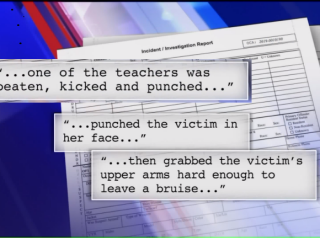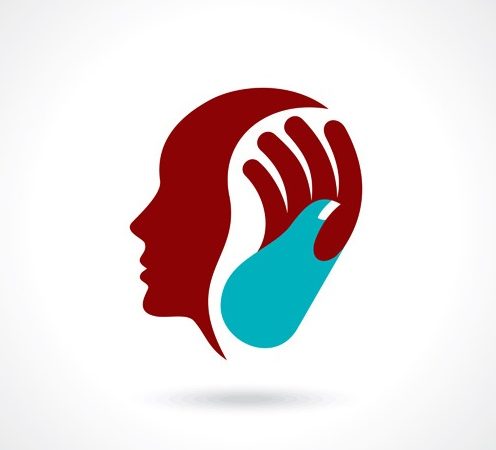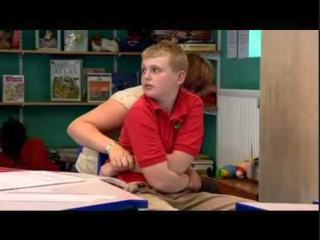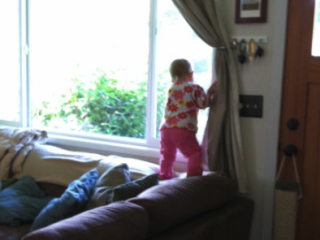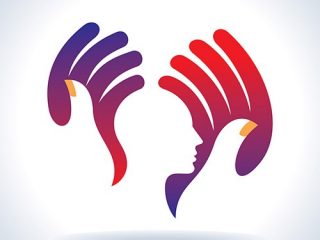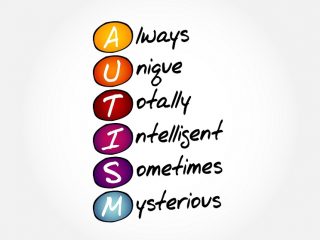HWC Blog
HWC Blog
Handle With Care being represented by Robert Lysek and Steve Flavell at a Pennsylvania School Conference.
PRT Tripod Stand Instructions
During every Handle With Care “Basic” and “Instructor” training program” a Certified Instructor is required to instruct and review the following information concerning the Primary Restraint Technique (PRT).
The “Tripod Modification” creates a weight-bearing bridge that prevents the chest compression of a client in a “Neutral Position PRT”, thereby reducing the risk of positional asphyxia.
Any combination of factors, including but not limited to the client’s physical condition, medications, chest compression, duration of the restraint and inattentiveness by staff can cause the death or serious injury of a client in a Neutral Position PRT.
For the safety, health and welfare of your client, it is critical that you use the Tripod Modification and follow all of the guidelines listed in the “Tripod Advisory” that is included in your “Participant Manual”.
If the training you received did not include the Tripod Modification with all of its related precautions or you were not given a copy of the document titled “Tripod Advisory”, please inform your supervisor now and cease using the PRT immediately until you have reviewed and fully understand the Tripod Advisory. Please call 845-255-4031 or email info@handlewithcare.com.
Question:
I have a HWC question that came up after a situation that occurred yesterday. I know that HWC goes up to age 7 and sometimes children can start to get a little big. If you have a child that is a little on the taller side in a PRT hold how does the adult protect their face from the child throwing their head backwards? This specific child is tall and when he sits in front of the adult his head is almost level with the bottom half of the adults face. Is there a technique that should be used or a more appropriate type of hold that you can recommend? Thanks in advance for any input and suggestions that you have.
Answer:
When you cannot keep your head/face outside the child's range of motion, by keeping your head in close contact with the child's head you can avoid substantial contact.
There is a limit to any strategy, which is why you want to limit single person interventions to sudden emergencies and use a team approach whenever you can. When you have a student who is tall enough to present a head butting problem in "settle position" or "modified settle position" holds, use additional staff to assist at the initiation of the hold. Buy a "stadium cushion" (from one of the sporting goods stores) and routinely place it between the heads of the student and the person performing the hold. Hold the cushion against the back of the student's head without forcing his head forward. Be sure to include this exercise in the agency's "Basic" training.
Take the same team approach to stop pinching, scratching, thrashing etc., by using additional staff to stabilize the student's wrists, hands or legs.
